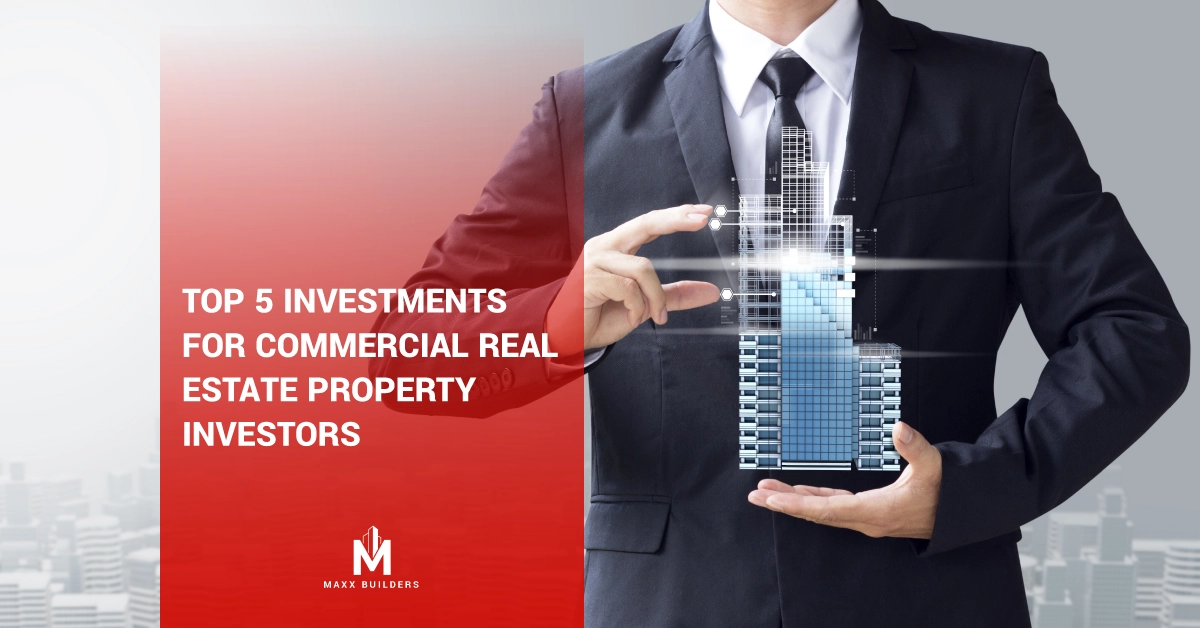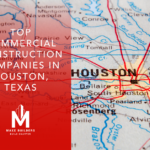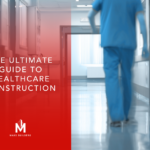Investing in commercial real estate can indeed be a high-return venture. Commercial real estate can be defined as property or structures that are intended to be used for business or generate profit for the owner in some way.
To break this down for a potential investor, we have broken down commercial real estate into subcategories. There can be four main types, including retail, office, hospitality & multifamily, and retail.
So considering these types, which one should you be investing in? Well, in order for you to make an informed decision, you should understand each subcategory’s unique set of pros and cons.
Investing in Commercial Real Estate – Understanding its Pros and Cons
Commercial real estate investments can go a long way and prove to be a wealth-building tool. Here are some of the factors to consider before deciding on the type of investment to make in commercial real estate properties.
1. Retail
Retail investments can range from high-end retail spaces (malls and promenades) and low-end spaces (think dollar stores and other small-scale retail establishments) are currently doing well. While investing in commercial retail space, the investor should be mindful of the types of tenants. Bigger and established franchises and restaurants such as Starbucks can be considered safer choices when it comes to tenants as they’re typically leased out for the longer term. Retail properties that fall somewhere in between the two categories above – such as strip malls, seem to be falling off. Often retail establishments operate on a Triple Net lease term where the tenant pays for all renovations, maintenance, insurance, etc, but be careful of one-off retail establishments such as nail salons, washaterias, etc., as they have lower credit standings and can provide somewhat an inconsistent return over time. What is most notable here, is that retail is easier to build and is built over a much shorter span which means, the investor can start getting a return sooner than other project types.
2. Office
Office spaces can provide better cash flows over a period of time. Rent increases over time are built into the lease itself, which can act as an inflation hedge. For office spaces, tenants are usually responsible for all costs, including net rent, taxes, maintenance, and insurance. However, when tenants decide to move out at the end of their lease term, the owner may need to carry out major renovations to suit the needs of incoming tenants.
3. Hospitality
Hotels are short-term rentals that are less susceptible to overall economic stability as the residential market tends to fluctuate with it. Hotels particularly are adaptable to economic changes, as they have the flexibility to adjust pricing according to demand; renovate, and/or change accordingly to better suit economic objectives.
On the other side, upkeep costs for a hotel are higher and may add up over time. Costs for daily cleaning, restocking, amenities, and aesthetics have to be incurred. However, if the hotel is backed by a reputable brand, these can be offset by better cash flows resulting from very few vacancies with no delinquencies as guests have to pay upfront.
4. Multifamily
The best thing about multi-family properties is that the risk is typically limited. High vacancy can somewhat be a rarity however, it is important to understand that people will always need places to live! Another advantage of investing in a multi-family property is lower renovation costs when tenants move out, and it can be easily re-rented with something as minimal as re-paint and new carpets. On the flip side, it takes a while to build multi-family projects and investments made at a time would take some time for it to start providing returns.
5. Industrial
Capital requirements are quite low with industrial spaces, as tenants usually don’t want much to be done. We’re mostly talking about open spaces that might not need intensive builds. It’s an extremely competitive market right now and there are also very steep highs and lows when it comes to vacancy. It can either be 100% occupied or 0% occupied for longer terms.



